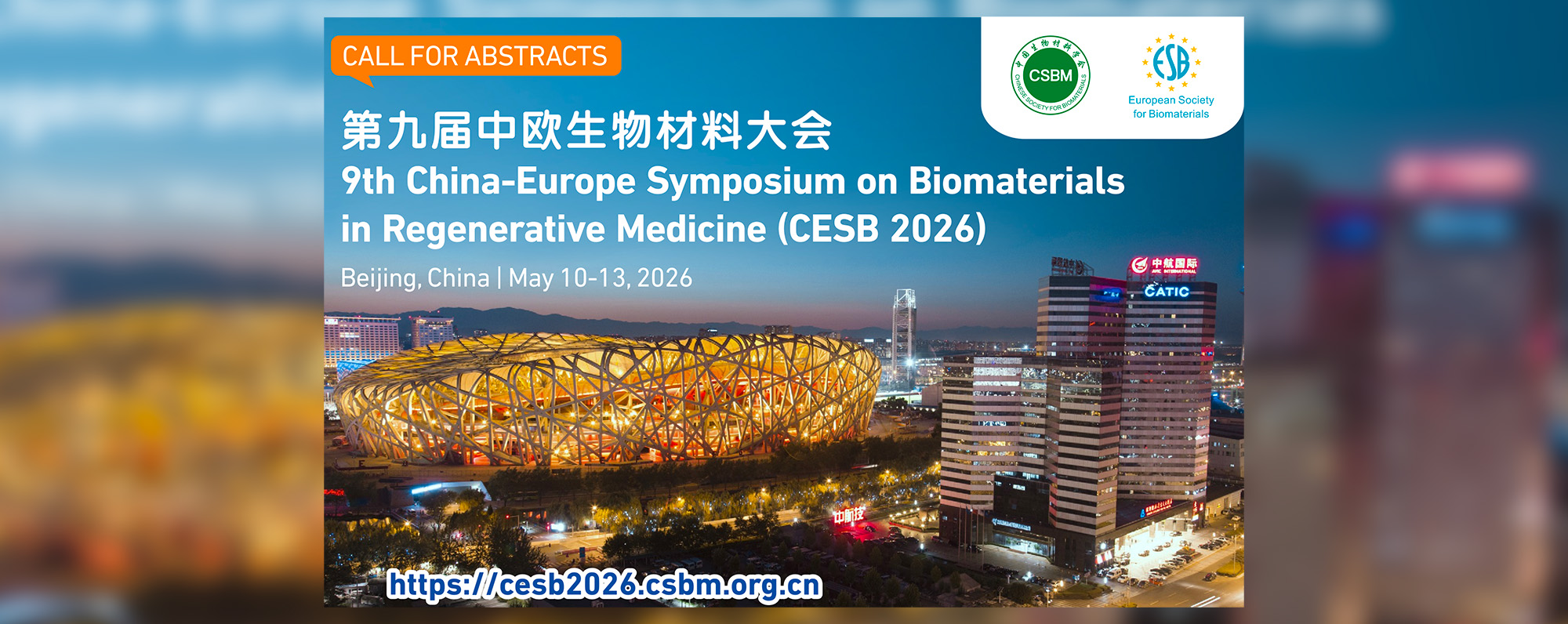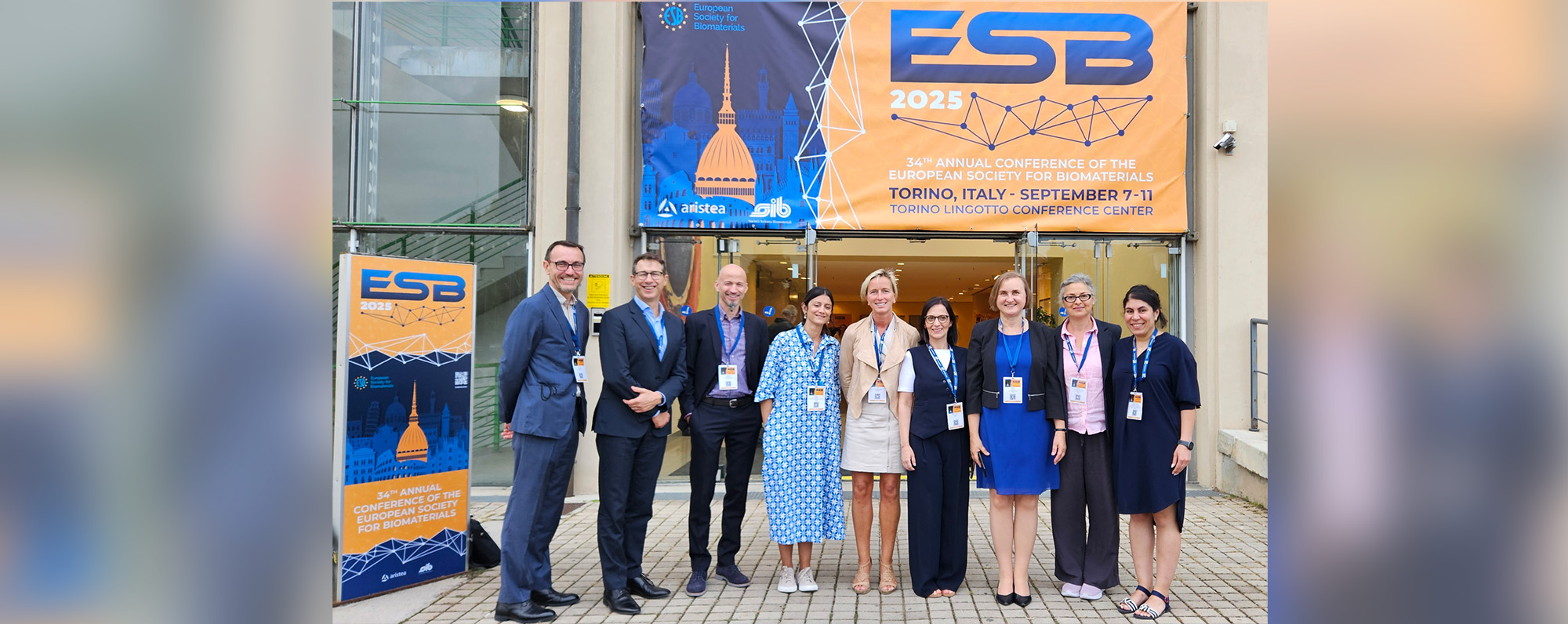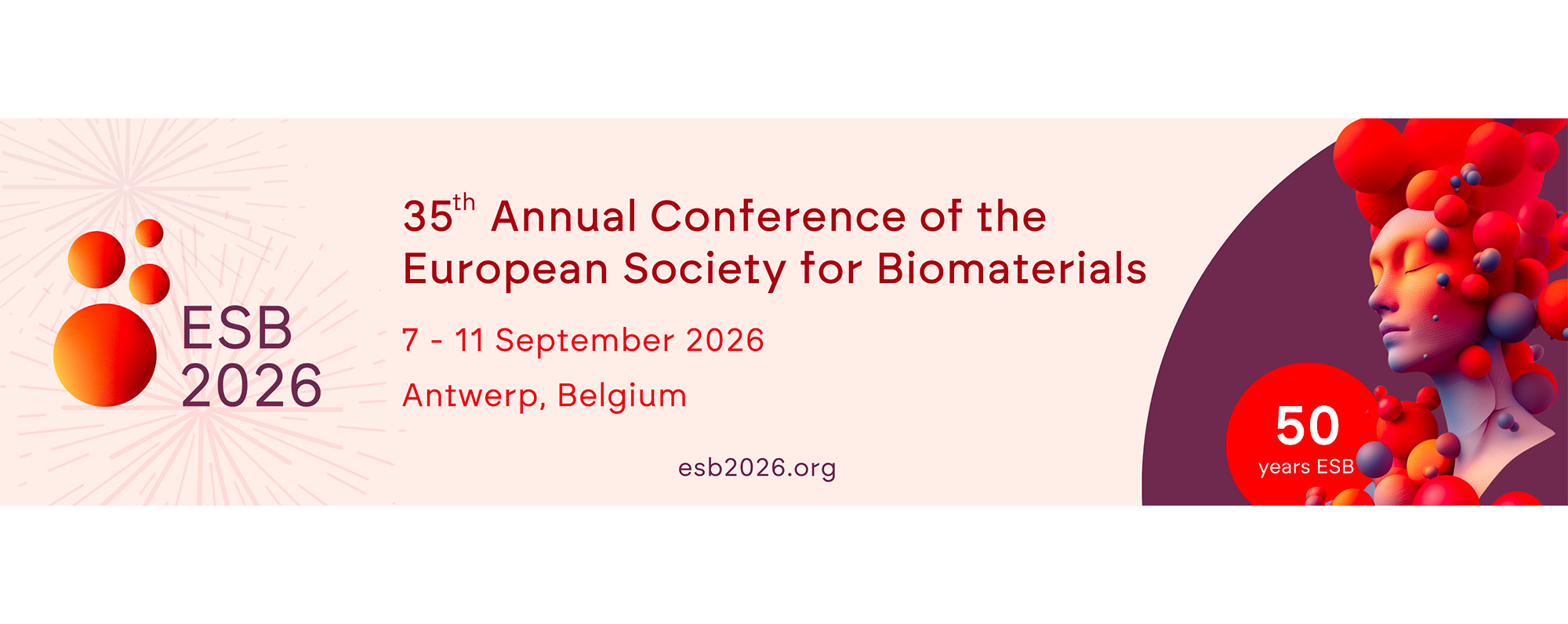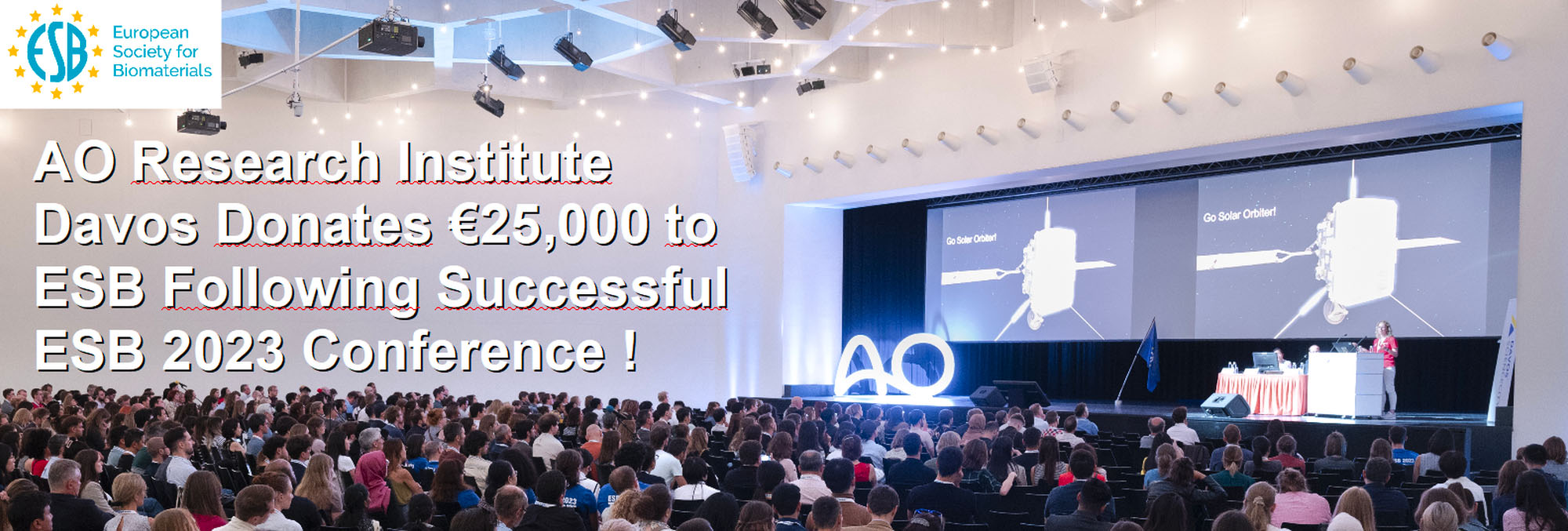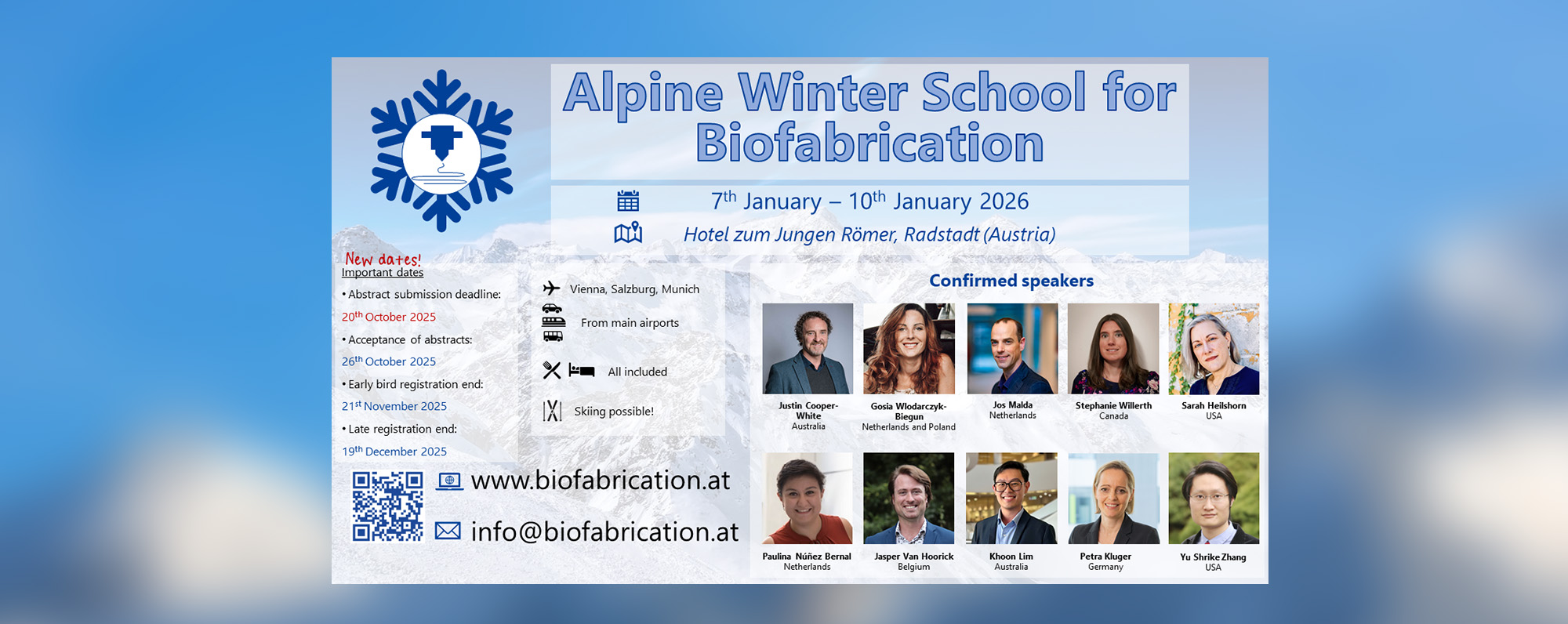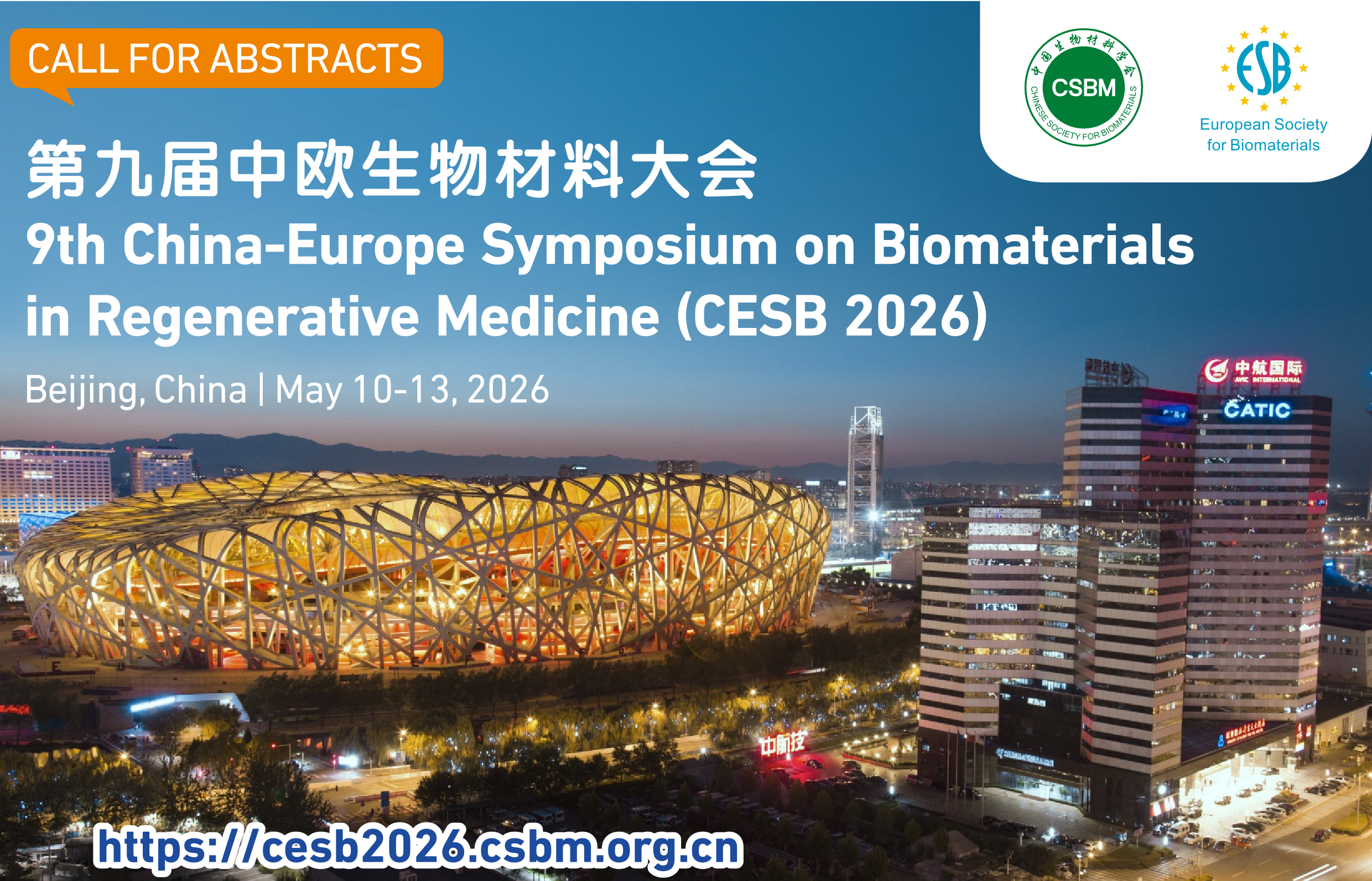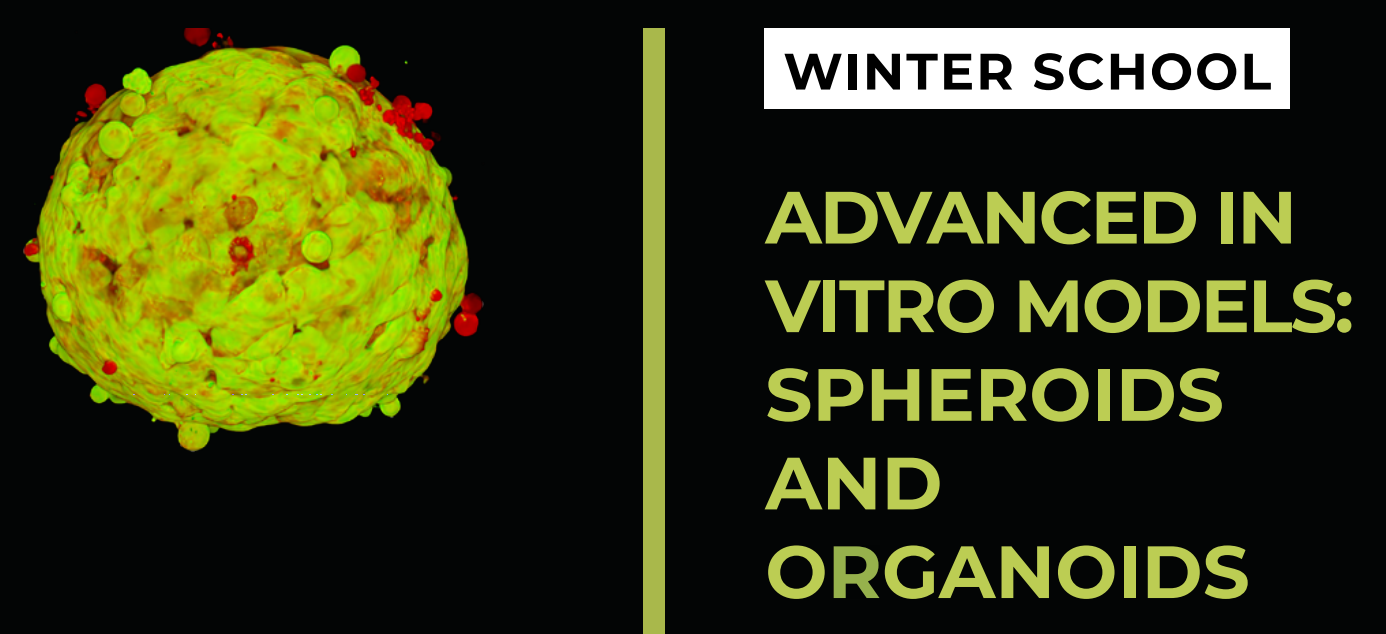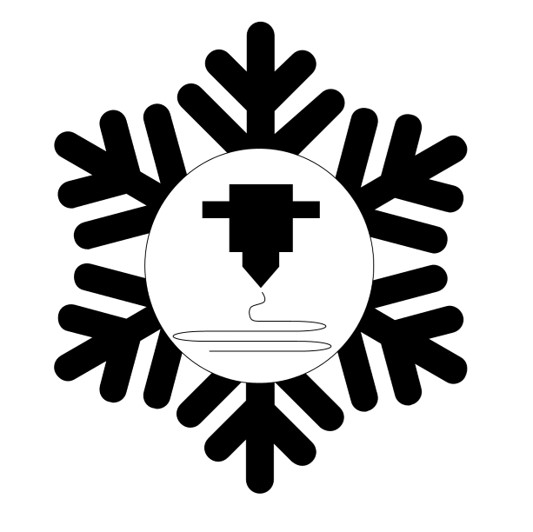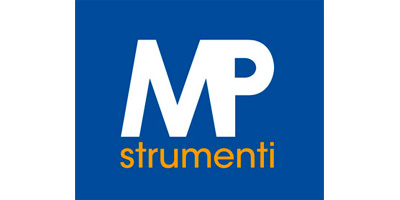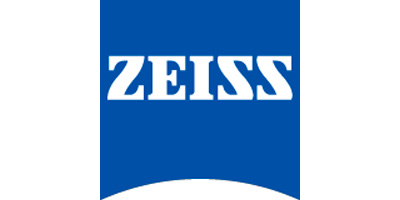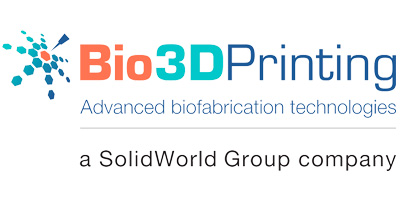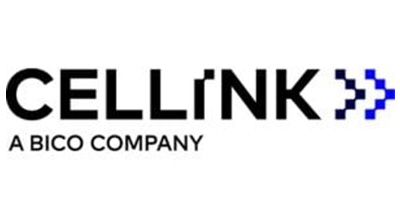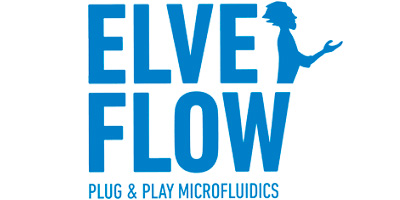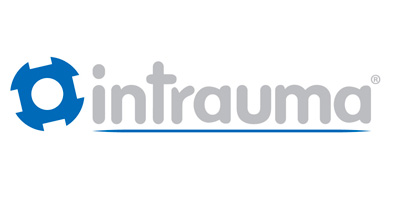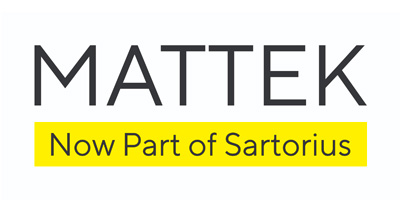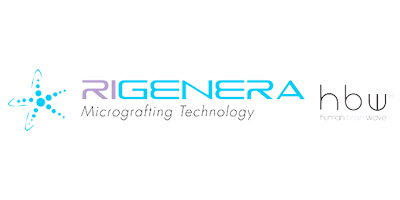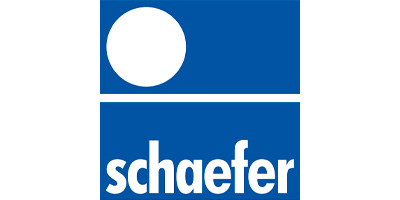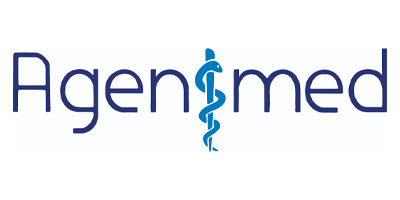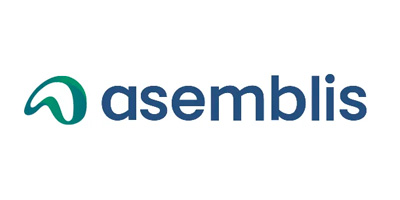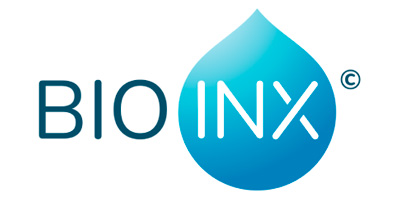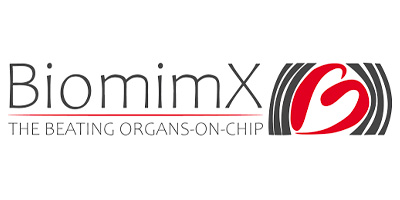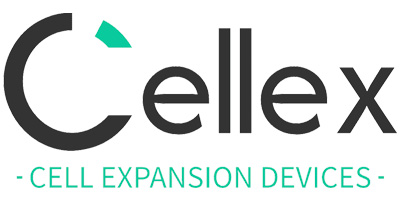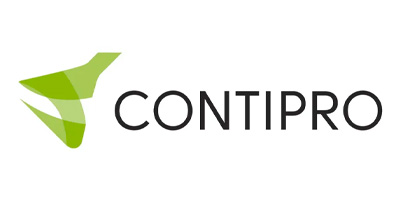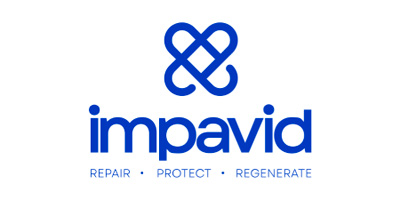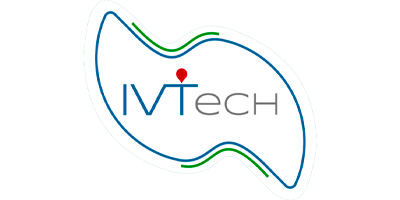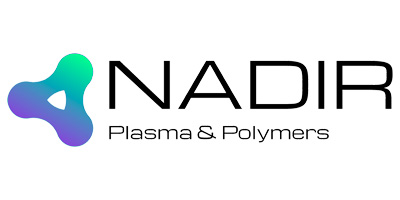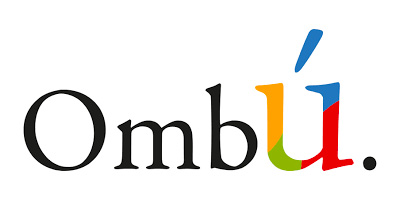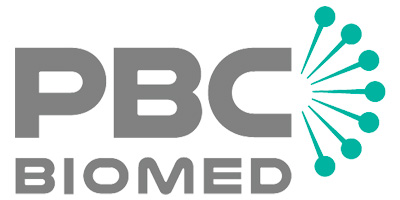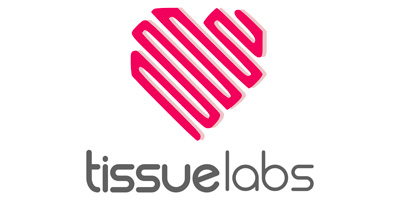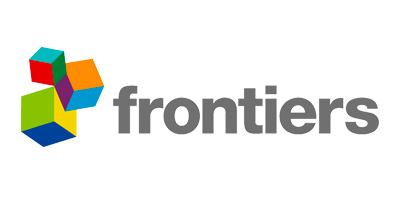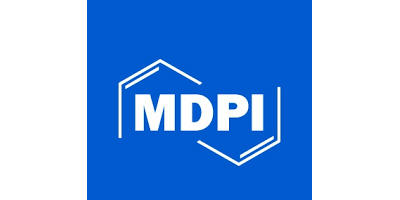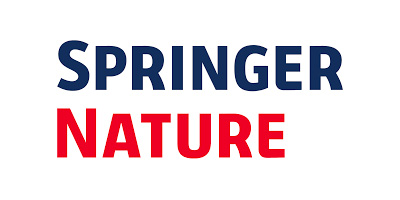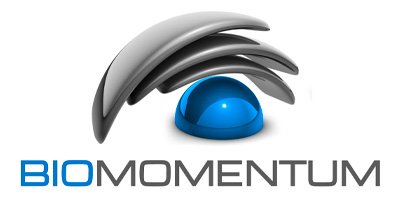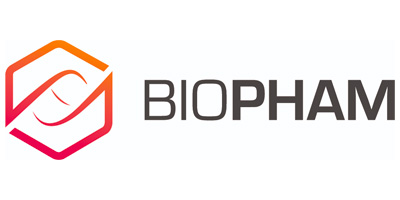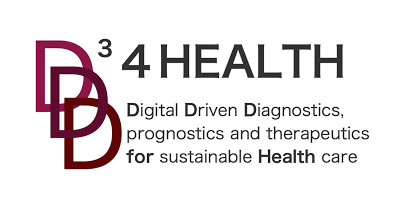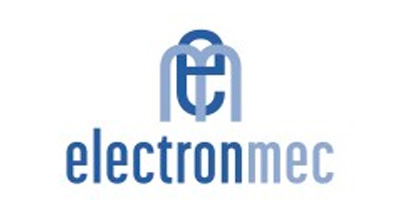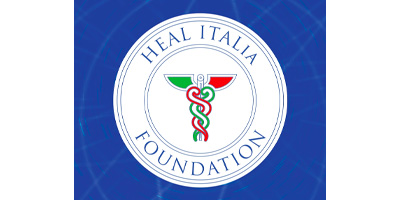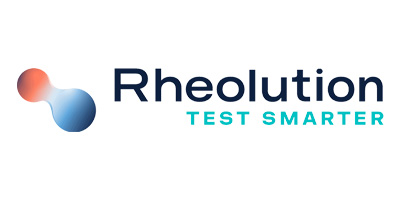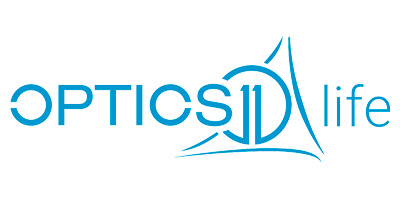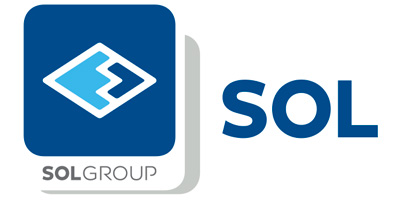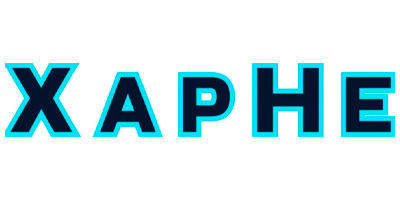Welcome to the European Society for Biomaterials
A year-long 'virtual environment' where scientists, clinicians, industrials and regulatory affairs experts can network.International visibilityA great place to share
Networking OpportunitiesThe place to meet your peers
Biomaterials Science JournalDiscount access to Biomaterials Science Journal (incl. APC)
YSF supportYSF support to young scientists community
Last ESBiomaterials network publications
Discover our LinkedIn and Tweeter X feedsTestimonials for European Society for Biomaterials
Video of Riccardo Levato (Jean Leray award 2021).ESBiomaterials Picture Contest
Review in details out last winner for ESB internal picture contest.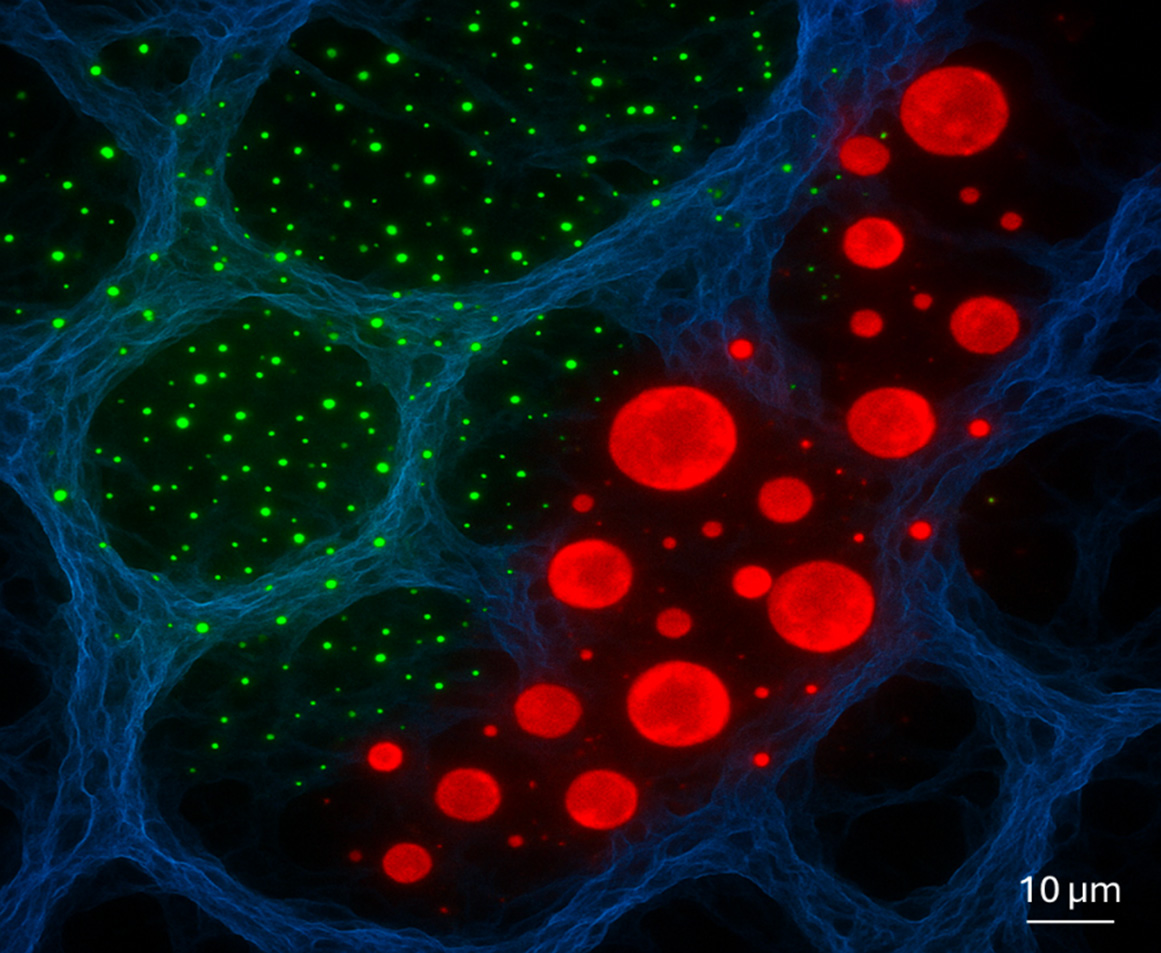
Application Scientific Image Competition
First and Last Name: Mohammad Suhaan Dar Student / PhD / Postdoc: < b > PhD Institute: < b > Vellore Institute of Technology(VIT) Department: < b > Centre for nanotechnology Research Group leader: < b > Dr.Niroj Kumar Sahu < b > Nano - Galaxy: GQDs and Iron Oxide in Tumor Scaffold This confocal - style composite image captures the hybrid integration of fluorescent graphene quantum dots(GQDs, green) and magnetic iron oxide nanoparticles(Fe₃O₄, red) within a biomimetic hydrogel scaffold.Designed for a 3D in vitro tumor model, the structure mimics the extracellular matrix while enabling photothermal therapy and magnetic guidance.The distribution highlights nanoparticle retention and spatial arrangement within the porous hydrogel, emphasizing its potential for localized cancer treatment and real - time imaging.The artificial coloring enhances the visual appeal without altering the original signal. Note: Image represents preliminary findings.Data not published. Instrument used to produce the image: Confocal Laser Scanning Microscope(CLSM)
ESBiomaterials Member highlight
In this section you will see a different ESB member each time the page is loaded.Manuela GOMES
ProfessorRegenerative Medicine and 3D Tissue Modelling Research Group Unit for Multidisciplinary Research in Biomedicine, UMIB
Biography
Expertise
Publications
ESBiomaterials hosted and endorsed events
Our last events worldwide.ESBiomaterials fresh news
Last news published by our network.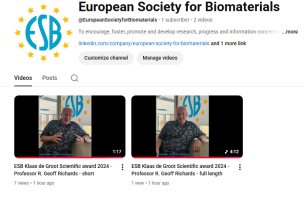
ESB Launches Its Official YouTube Channel!
The European Society for Biomaterials (ESB) now has its very own YouTube channel!
Visit us here:
https://www.youtube.com/@EuropeanSocietyforBiomaterials
Discover inspiring testimonials and messages from our Scientific Award winners, sharing their experiences and insights with the ESB community.
Our first featured video includes a testimonial from the 2024 Klaas de Groot Award winner, Prof. R. Geoff Richards, who offers enlightening reflections and valuable advice on mentoring.
In the coming months, these videos will also be available on the ESB website, and even more content will be added to the ESB YouTube channel, so stay tuned!

The 9th China–Europe Symposium on Biomaterials in Regenerative Medicine (CESB 2026), jointly organized by the Chinese Society for Biomaterials (CSBM) and the European Society for Biomaterials (ESB), will be held in Beijing, China, from 10 to 13 May 2026.
The symposium is co-hosted by the National Center for Nanoscience and Technology and Peking University.
Researchers are warmly invited to submit their latest abstracts and join colleagues from China and Europe to exchange scientific insights, foster international collaborations, and contribute to shaping the future of biomaterials and regenerative medicine.
The deadline for abstracts is January 15, 2026
More information: https://cesb2026.csbm.org.cn/
We look forward to welcoming you to Beijing for CESB 2026 !
Please be aware that numerous phishing attempts targeting our members have been reported. The ESB, its council, and representatives will never request personal information (such as passwords) or financial assistance. If you receive any suspicious messages, please do not respond and report them immediately at communicationofficer@esbiomaterials.eu

